If your Philodendron birkin looks unhealthy, here are the best tips for saving your plant. The white stripes on the leaves of the Philodendron Birkin stand out, so treat your plant correctly to keep it healthy and bright.
If the leaves begin to go brown or your plant looks unhealthy, it’s time to save it, which means acting promptly.
Table of Contents
How to Save Philodendron Birkin
Philodendron Birkin can be harmed by too much or too little water, dry air, or incorrect light. To save it, make sure the plant’s soil is damp and not soggy. Use a humidifier to moisten the air. Finally, avoid placing the plant in areas with direct sunlight.
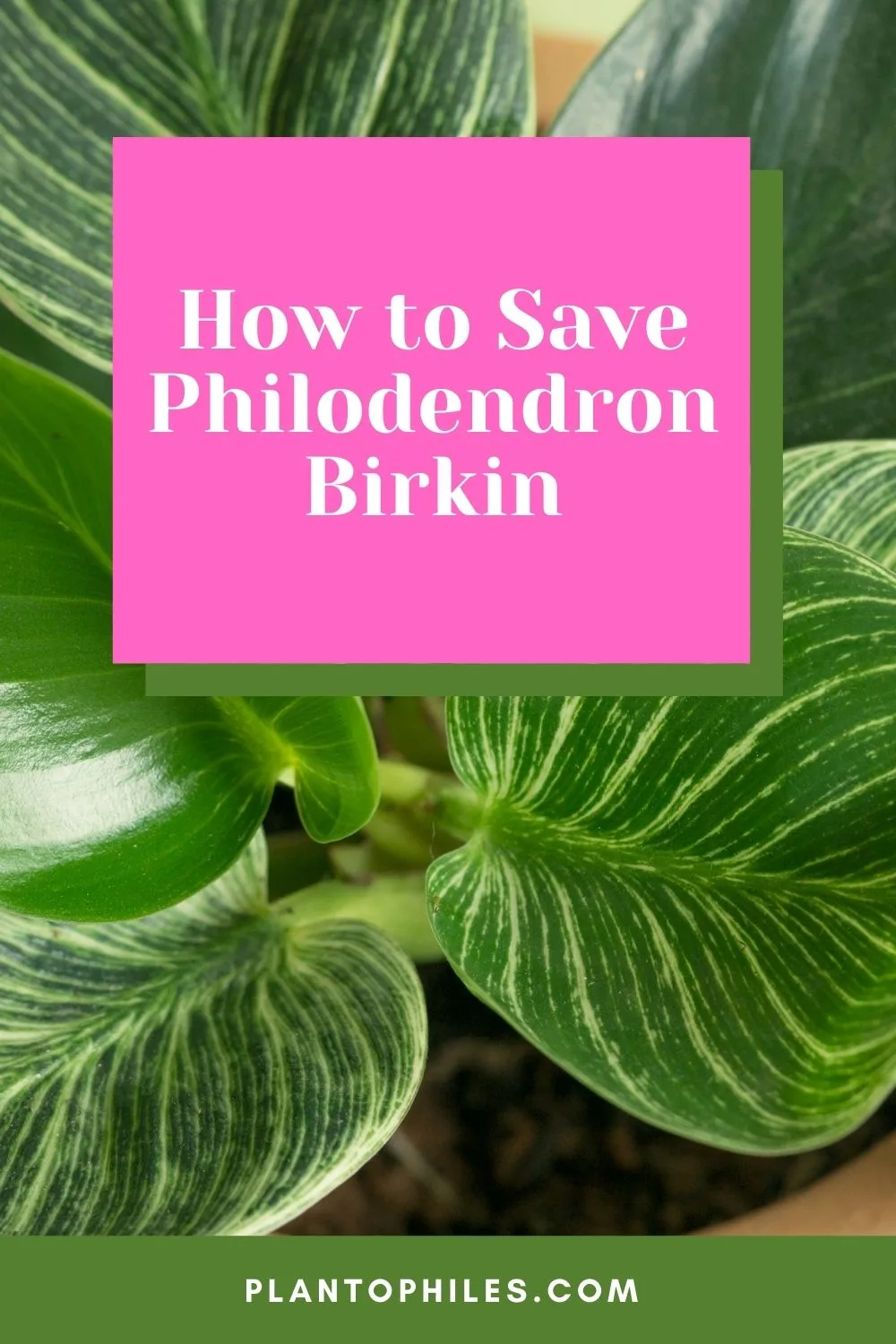
How to Save Philodendron Birkin
In this post, we unpack how to save your Philodendron Birkin from some conditions that can harm it and affect its growth.
1. Too Little Water
When a Philodendron Birkin plant lacks enough water, the leaves will go brown and eventually die.
To save your plant when it is in this state, the obvious thing to do is to give it more water. But it isn’t as easy as just pouring water into the pot.
If you want to save your Philodendron Birkin from dying because it is too dry, don’t think you can remedy this by drenching the plant.
Avoid giving too much water at once. Instead water the plant so the soil is properly damp but not muddy.
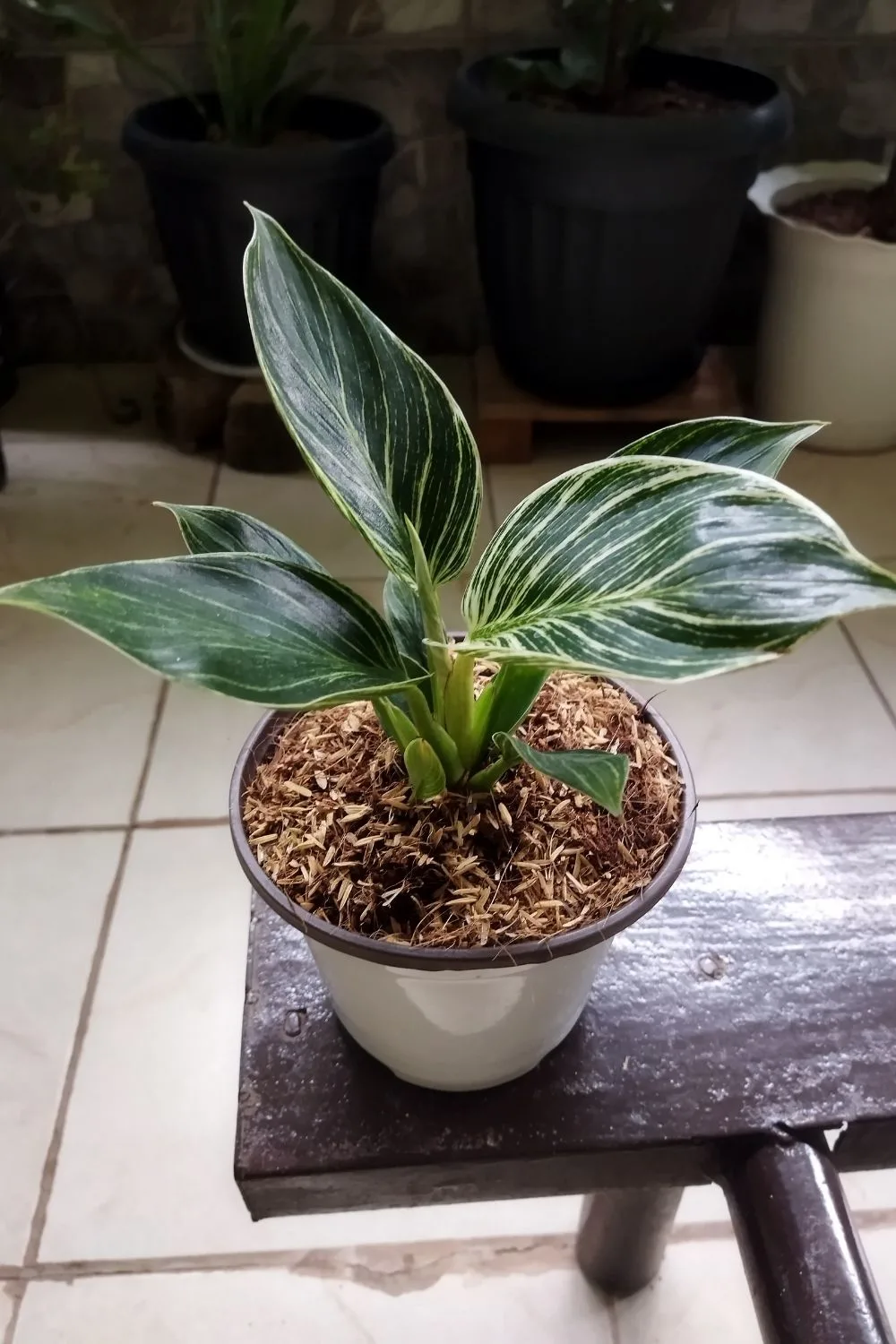
Keep watering the plant every few days for about two weeks. Ensure you dampen the soil to about 1 inch (2.5 cm) deep and keep it that way.
Once the Philodendron Birkin looks healthier and grows steadily, revert to the appropriate watering habits to keep the plant healthy.
2. Too Much Water
The leaves of a Philodendron Birkin plant that has been over-watered can wilt, turn yellow and begin to droop. A fungus may also develop on the surface of the leaves.
These are most often the result of root rot.
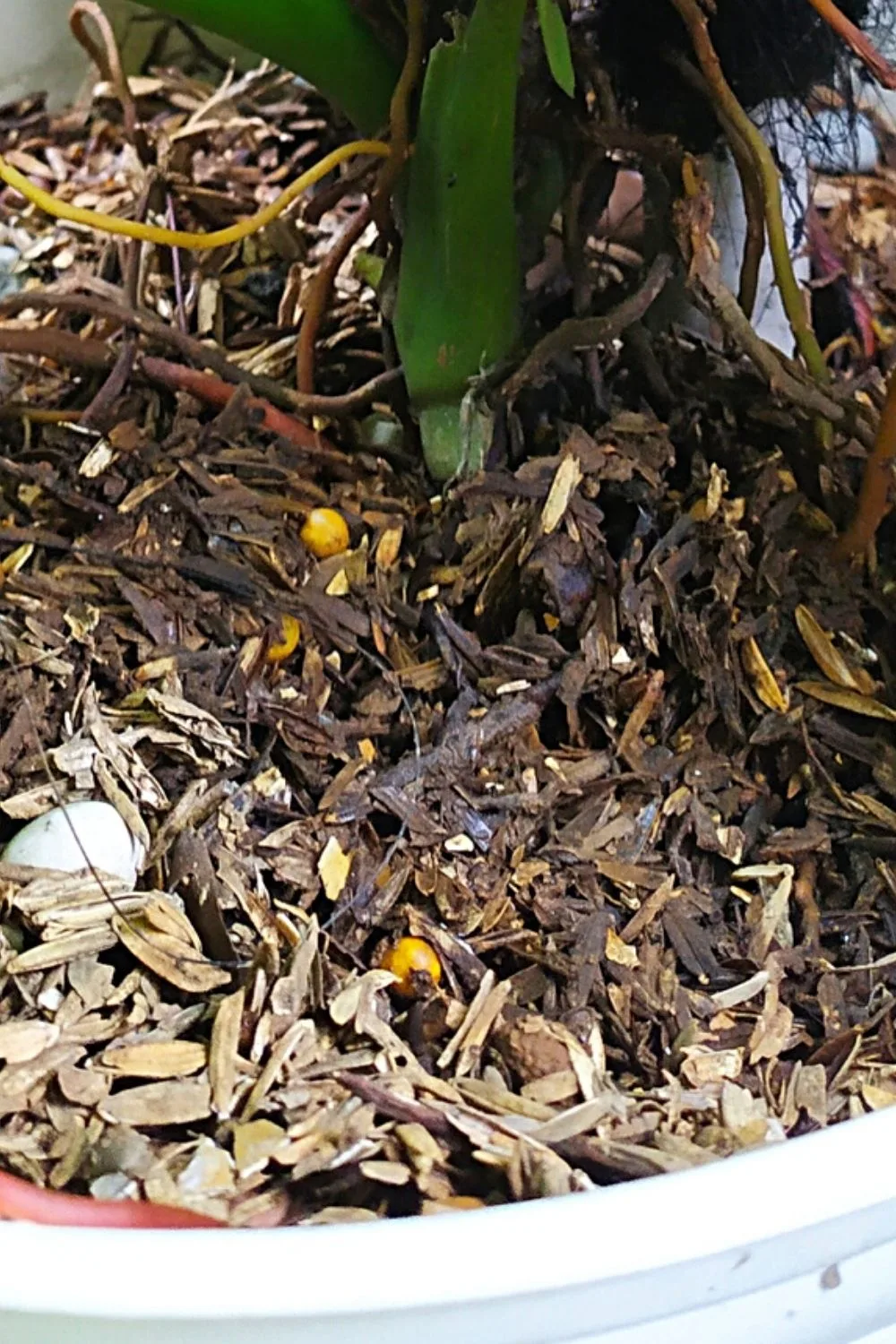
When the roots of a plant become water-bound, they don’t develop properly and cannot absorb the oxygen the plant needs to grow.
They are also more susceptible to fungi and diseases. This condition is called root rot.
To rescue your plant from over-watering and possible root rot, you need to ensure that the pot’s water can drain away easily.
You can try to poke holes in the soil with a stick, to introduce some gaps through which the water can move. An even more effective remedy will be to re-pot your Philodendron Birkin.
Remove the whole philodendron Birkin plant from the pot. Gently remove the muddy, damp soil around the plant’s roots.
Put the plant aside and make sure you empty the pot. If the pot only has one draining hole, perhaps you should change it to one with a few holes.
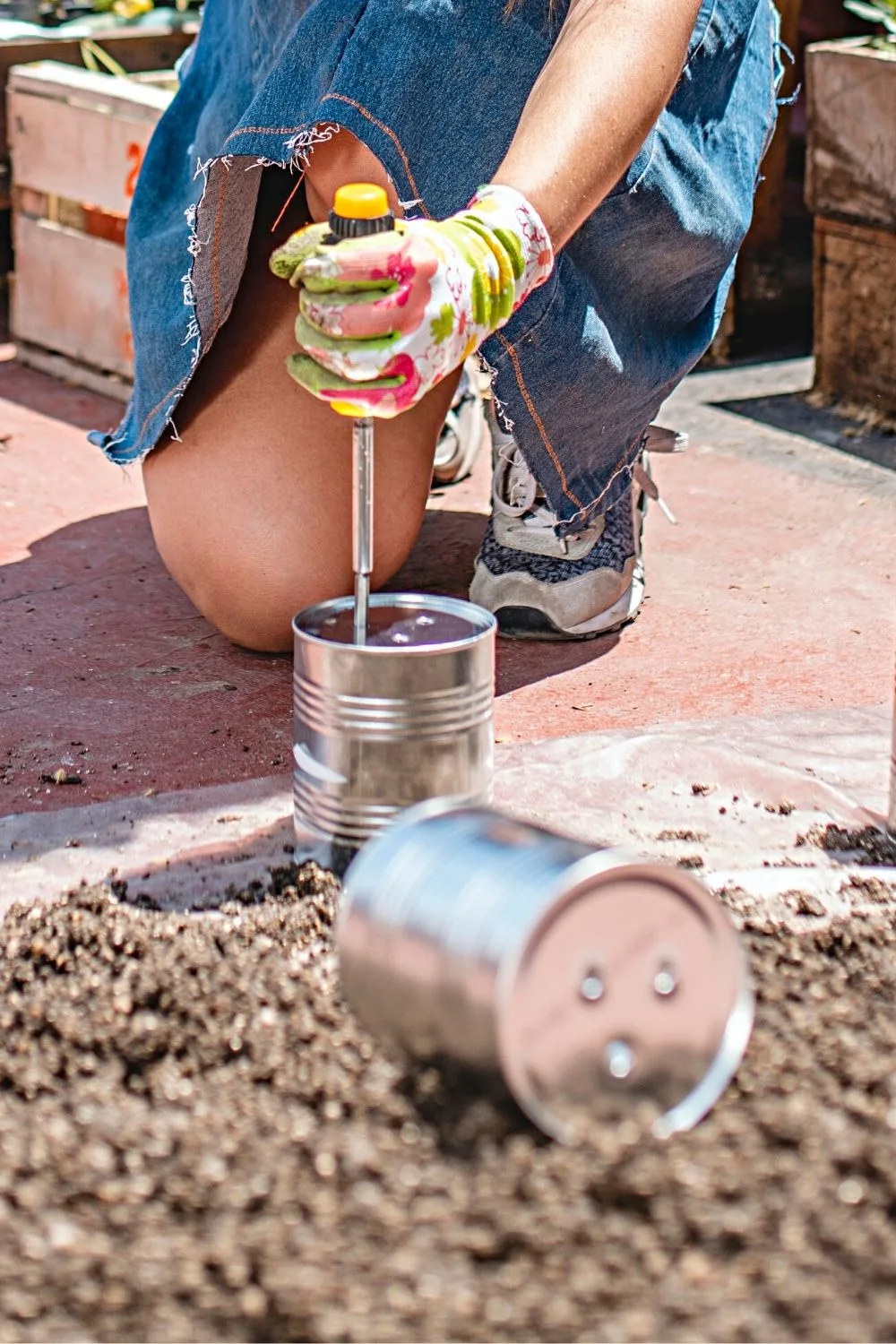
Wash it out and refill it with fresh potting soil.
Re-plant the Philodendron Birkin in the new soil and water it, ensuring the soil’s damp.
After this, follow a good watering regime without letting the soil get very wet or dry out completely.
3. Air Too Dry
If the air in your home is too dry for your Philodendron Birkin, it will begin to wilt, then hang and eventually turn brown.
To save the plant, you will need to restore the moisture around it and on its leaves. This means some form of shock treatment.
Put the plant in the shower and run the water gently over it for about 10 minutes. You can also soak the whole pot in a water-filled bucket for about 5 minutes.
After the quick treatment, keeping the air around the plant more humid is essential. If the plant is in a relatively small room, you can use a humidifier.
You can also move the plant into the bathroom, where the moisture from the steam will keep the air moist.
4. Incorrect Lighting
Your Philodendron Birkin will react to the amount and form of light it gets. If the light is too bright, it will tend to dry the leaves out a bit, and they will turn yellow.
If the plant doesn’t receive enough light, the characteristic white lines on the leaves will begin to disappear. The plant will also grow strongly towards the closest light source.
The problems with light are easily remedied, by making sure the plant gets the correct amount of the sort of light it prefers.
Move your Philodendron birkin plant to a place in your home receiving bright but indirect light.
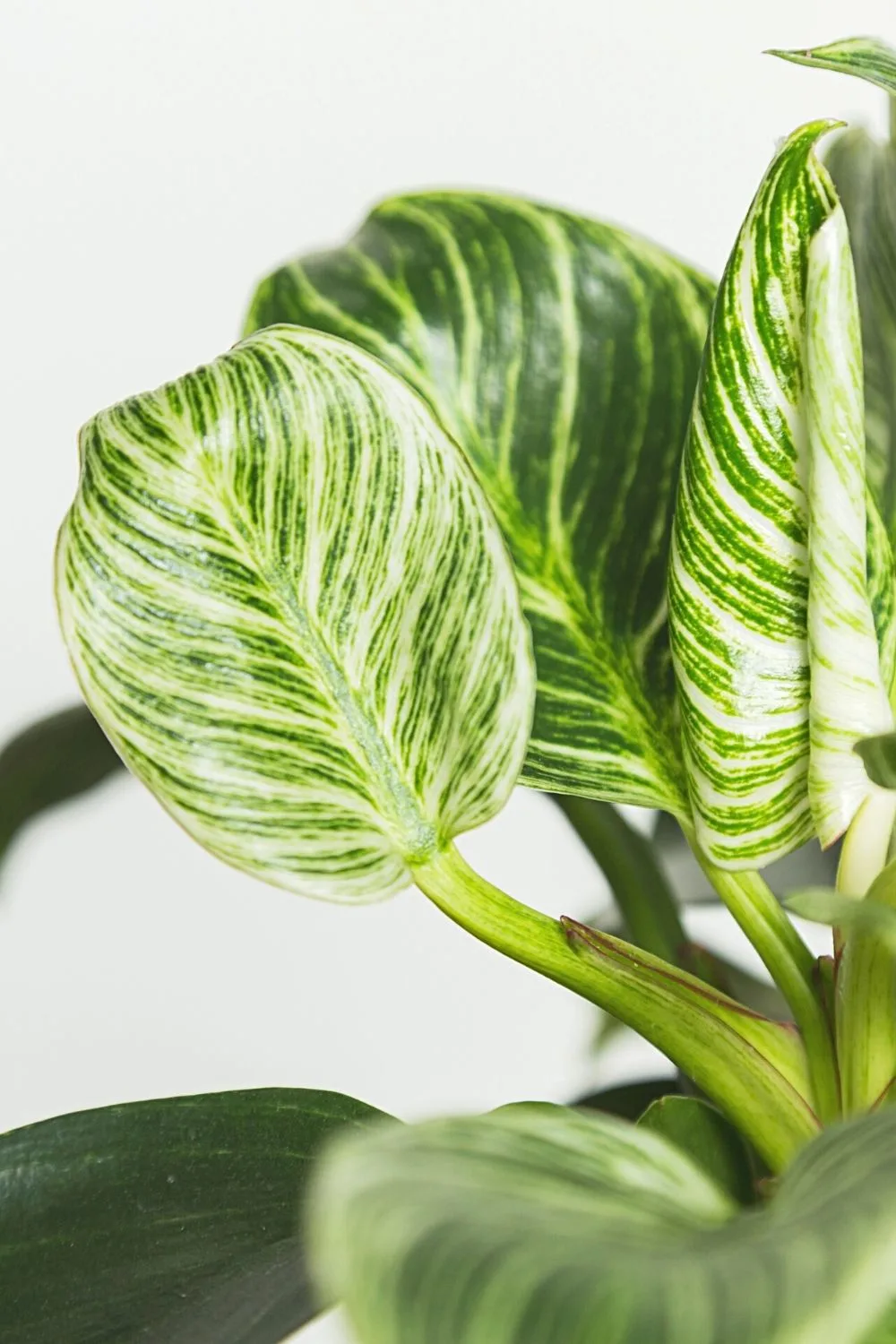
Putting the plant on the windowsill next to a window that gets regular light is the best option.
Frequently Asked Questions about How to Save Philodendron Birkin
What should I do if the leaves on my Philodendron Birkin go brown?
If the leaves on your Philodendron Birkin go brown, you must change your watering habits. Water the plant about twice a week, ensuring the soil is damp, not soaking. Mist the leaves of the plant every 3 or 4 days.
What can I do if my Philodendron Birkin loses the white stripes on its leaves?
If the white stripes on your Philodendron Birkin start fading, it is most likely because it is not getting enough light. Move the plant into a spot where it will get a lot of sunlight but not into the direct sun.
Conclusion About How to Save Philodendron Birkin
If your Philodendron Birkin shows signs of too much or too little water, or the incorrect light, you can save it by changing a few things.
Make sure the plant is in a position that gets a lot of light but is also quite humid.
Change your watering habits so that the soil in the pot is dampened twice a week and never floods the pot.
If your plant has been very badly affected, to save it you may need to cut it back severely and leave it to grow again.

Daniel has been a plant enthusiast for over 20 years. He owns hundreds of houseplants and prepares for the chili growing seasons yearly with great anticipation. His favorite plants are plant species in the Araceae family, such as Monstera, Philodendron, and Anthurium. He also loves gardening and is growing hot peppers, tomatoes, and many more vegetables.


